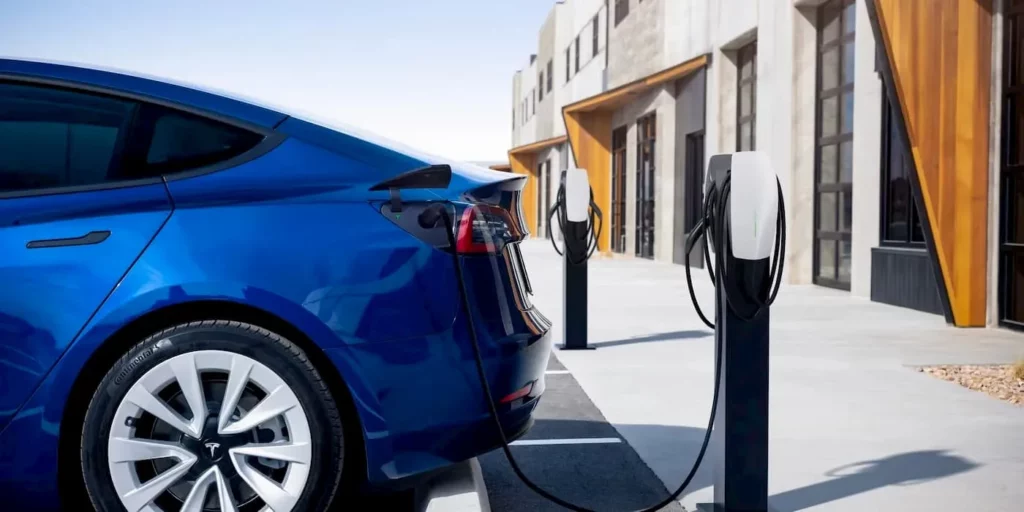The tire business has developed its products to meet the demands of the comparatively heavy, efficient, and silent electric vehicles as EV sales have skyrocketed. However, there is one issue that the sector is having trouble solving. Tires do more work than they are given credit for because they are a car’s only point of contact with the ground. In order for cars to accelerate, turn, and brake without sliding, tires must securely grasp the road. However, they must also lower rolling resistance to maintain fuel economy.
The pursuit of the ideal tire, one that strikes the ideal balance between performance and longevity, is never-ending for tire producers. Electric vehicles (EVs) have made their task more difficult in the recent years.
Compared to vehicles powered by internal combustion engines, electric vehicles often weigh a lot more because of their larger batteries. For instance, the Volkswagon e-Golf weighs roughly 400 kilogrammes more than the Golf VII with a petrol engine. EVs require tires that are more durable because the increased weight sits on the tires of the vehicle.
Additionally, EVs frequently have more torque than combustion engines, and their tires must quickly be able to transfer to the road. To satisfy the demands of EVs, top tire manufacturers are enhancing tire designs and developing new chemical formulae. Some companies claim to have modified all of their tires to perform better for both electric vehicles and cars with internal combustion engines, while others claim to have produced products, particularly for use on battery-powered cars.

How are electric vehicle tires causing pollution?
When talking about how cars affect the environment, air pollution from tailpipe exhaust frequently receives the most attention. But tires make a substantial contribution. Tires degrade over time because they emit little particles with each rotation. The smallest of these fragments fall to the ground or wander off the road to land on the neighboring dirt.
“Tire use is probably the naughtiest problem for vehicles,” said Nick Molden, creator, and CEO of Emissions Analytics, to DW. “You can efficiently capture other types of pollutants using a filter or catalyst with a lot of other pollution. But you can’t encapsulate a tire; it is ultimately an open system.
Can the pollution issue with tires be resolved?
Exiting fossil fuel-powered automobiles gradually is a crucial part of combating climate change. But it is also troublesome if doing so results in worsening tire emissions.
The obvious solution, according to climate activist Tadzio Müller, is to drive and sell fewer vehicles. The transition to electric cars is intended to persuade us that it would save the earth, but of course, it cannot because the issue has always been capitalist expansion, he continued.
When asked if reducing total car use would be the greatest way to lessen tire emissions, Molden responded, “Yes, that would reduce tire emissions. But would that be worthwhile in terms of the lost economic activity?
“It’s better to create a market mechanism where it’s in the interest of the tire companies to invest a lot and come up with the best formulations,” Molden said, noting that there is now a variation of two to three times between certain tires in terms of VOC toxicity. Molden claimed that, in general, the best tire brands come from Europe, whereas the poorest tire brands come from inexpensive imports.
Avoiding sudden accelerations and stops can lessen tire wear on a personal level. Because new tires emit twice as much particulate during their first few thousand kilometres of use, it is also advisable to utilise tires until the end of their useful lives.

